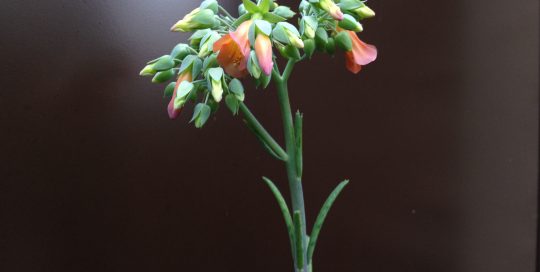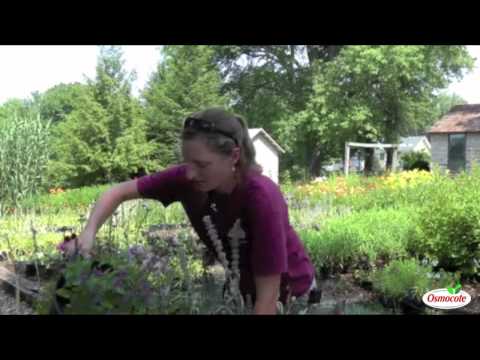Getting Rid of Fungus Gnats
Views: 5982

I was preparing for a recent trip out to the east coast to visit my sister when, two days prior to my arrival, I received a perky test from her. She had come home from work to discover her freshly cleaned kitchen floor was covered with little dead fungus gnats. Springing into action, she started spraying neem oil and covering her plant’s soil with an inch of sand. When she still saw bugs, the affected plants were banished to the basement stairs so her floors would be free of dead bugs for my visit. How thoughtful.
What Are Fungus Gnats?
Fungus gnats often show up in the fall, when day length gets shorter and temperatures get cooler. In these conditions, potting soil takes longer to dry out. Consistently damp potting soil creates the perfect breeding grounds for fungus gnats. This is one reason why it is important to change your watering schedule according to the season. You should decrease watering at the onset of the cooler months. Also, containers without drainage holes, like the one in the picture, will take longer to dry out.
Always remember the number one rule of watering, which is: touch the soil before you water and never water if it feels damp.
Prevention
So, the first and easiest way to deter fungus gnats is to allow plants to dry out in between watering. Especially the top 2-3 inches of soil. This is where gnat larvae spend one to three weeks munching on decaying soil ingredients like peat moss, algae, fungus. Sometimes even plant roots and leaves that have fallen and are resting on the soil.
The gnats will then pupate for about a week before emerging as the small black winged adult gnat. Adult gnats live for another week to 10 days. After this the cycle repeats because females lay up to 200 eggs back into the potting soil during this time.
Dealing with Adult Fungus Gnats
If you already have an established population, more drastic measures are necessary.
Sprays like neem oil, insecticidal soap, and pyrethroid-based insecticides are only effective against adult gnats. They will require frequent application directly to the flying insect to reduce the egg laying population.
Another way to reduce the adult gnat population is to place yellow sticky traps horizontally on the rim of the container to trap flying gnats. These methods will not be effective against larvae in the soil, which require either drenching the soil with Bti (Bacillus thurengiensis) or using a systemic insecticide containing imidacloprid. Neem oil, insecticidal soaps, sticky traps, and Bti insecticides all are considered natural pest control methods.
You also can try mixing diatomaceous earth into the top few inches of soil, which is what my sister and I decided to try during my visit. This white powdery material is like shards of glass to insects and should desiccate any pupae crawling around in the soil.
A week later, she is happy to report that she has not seen any more gnats. She will likely have to reapply a few times before the infestation is totally wiped out, but so far so good.
Meet Abbi Hayes
Abbi's Recent Posts

Kalanchoe delagoensis: Mother of Millions







